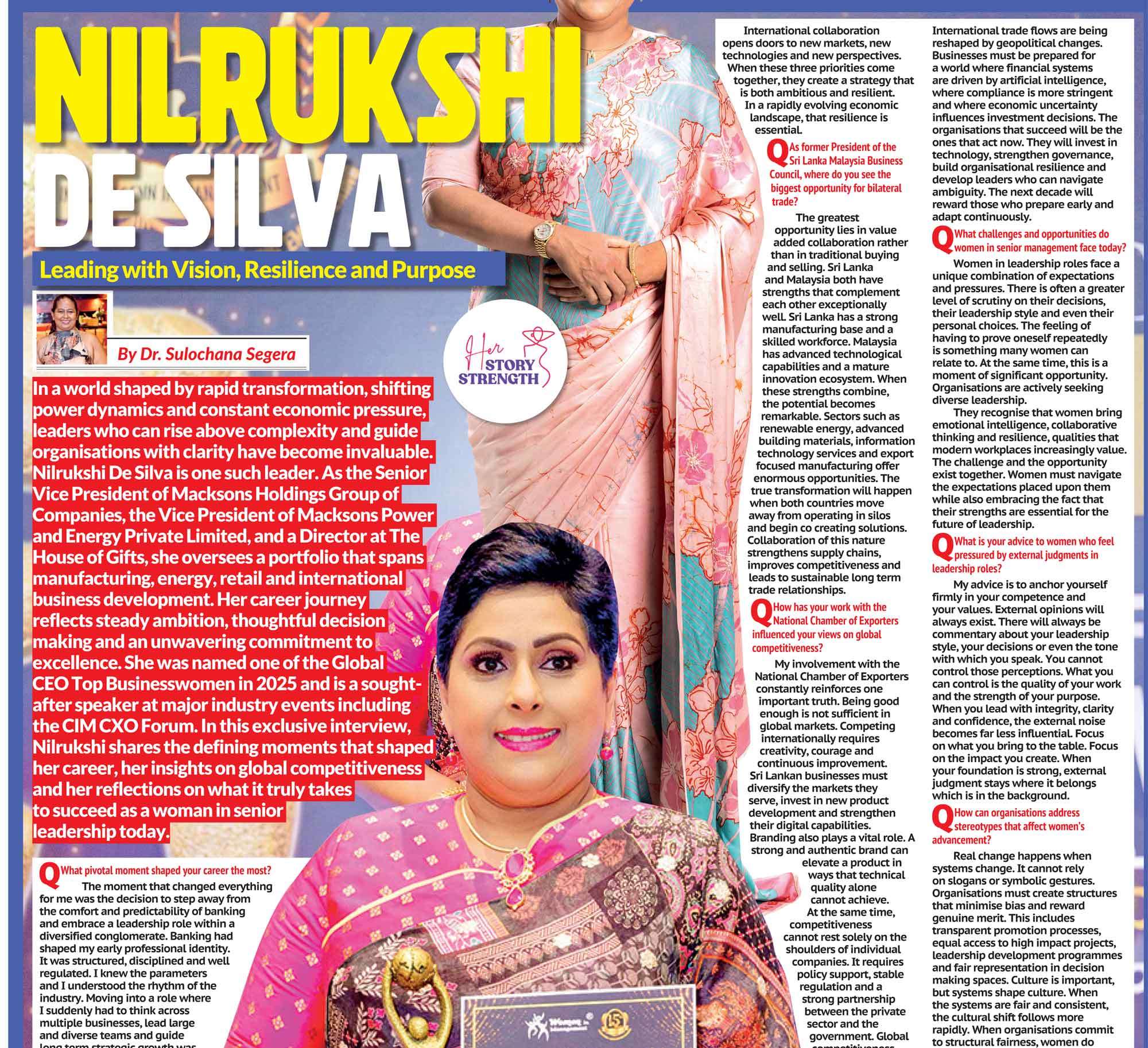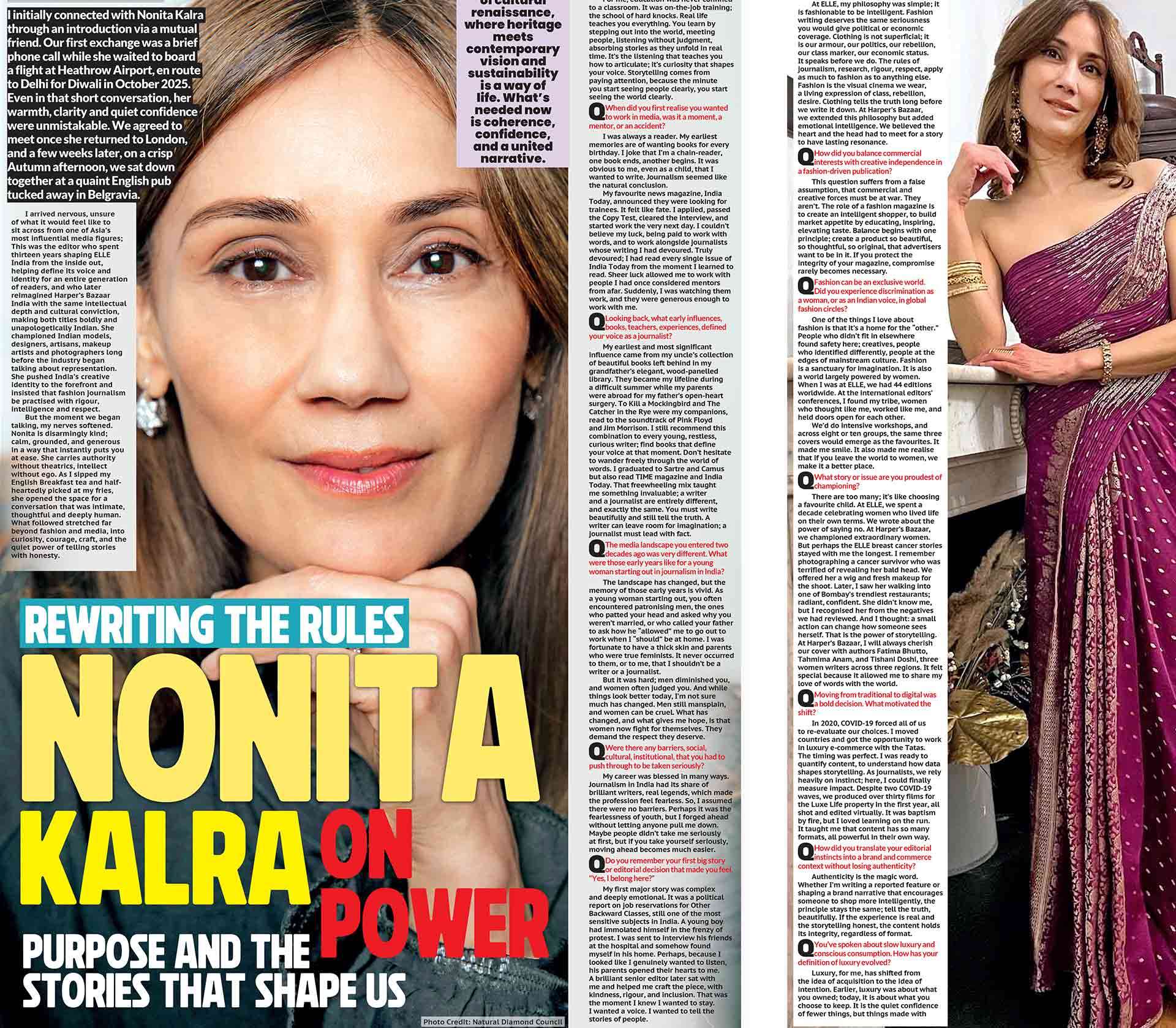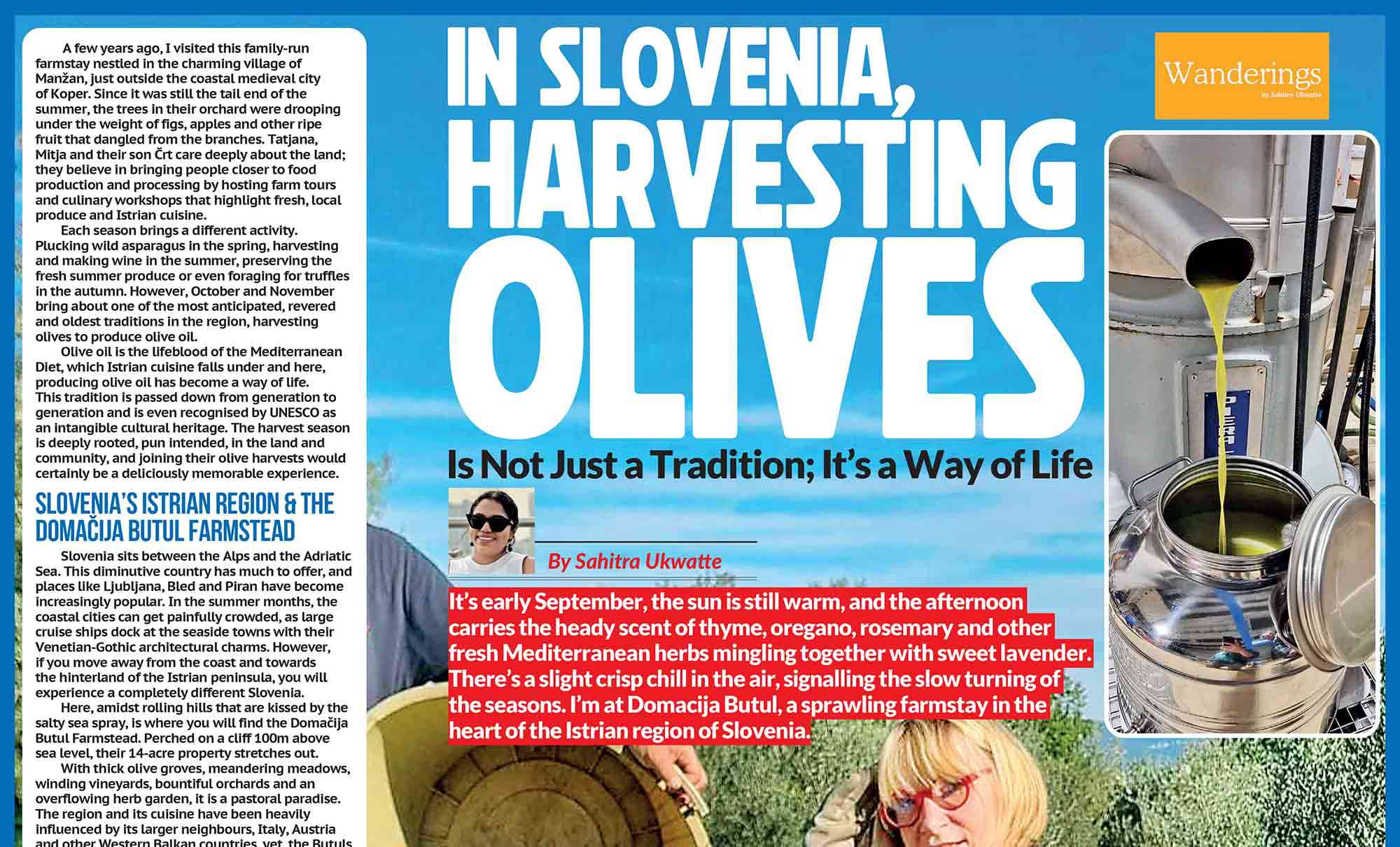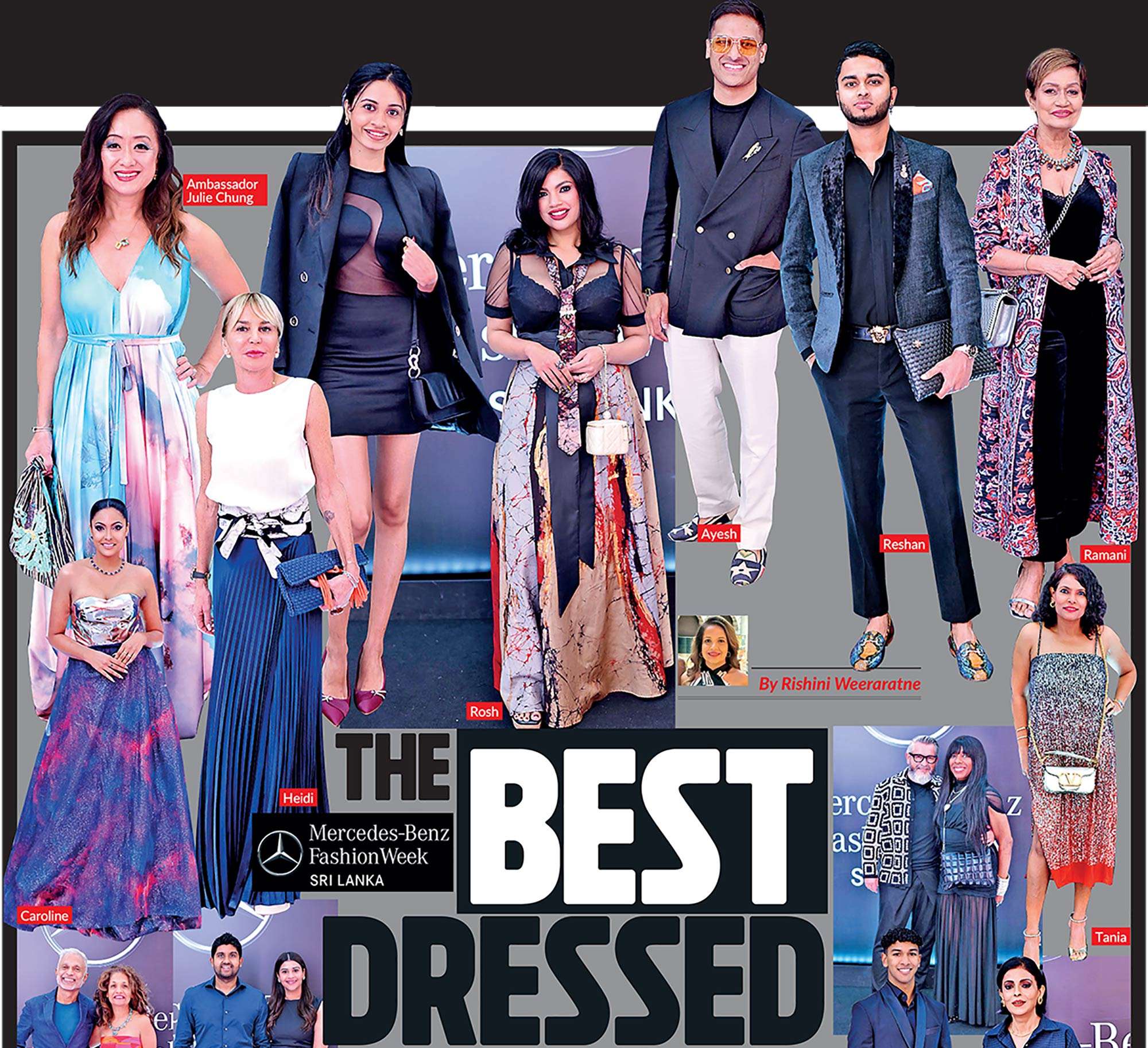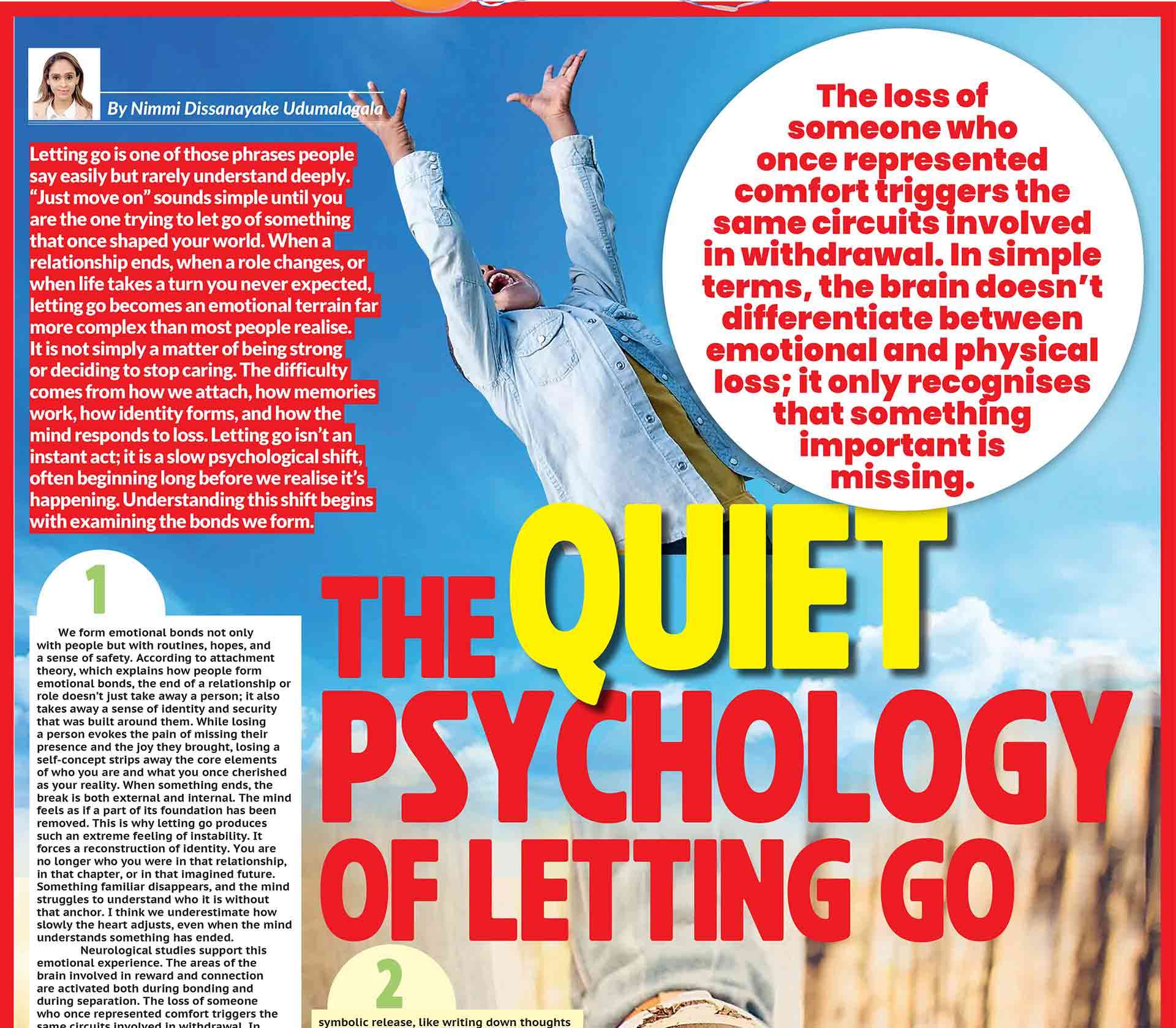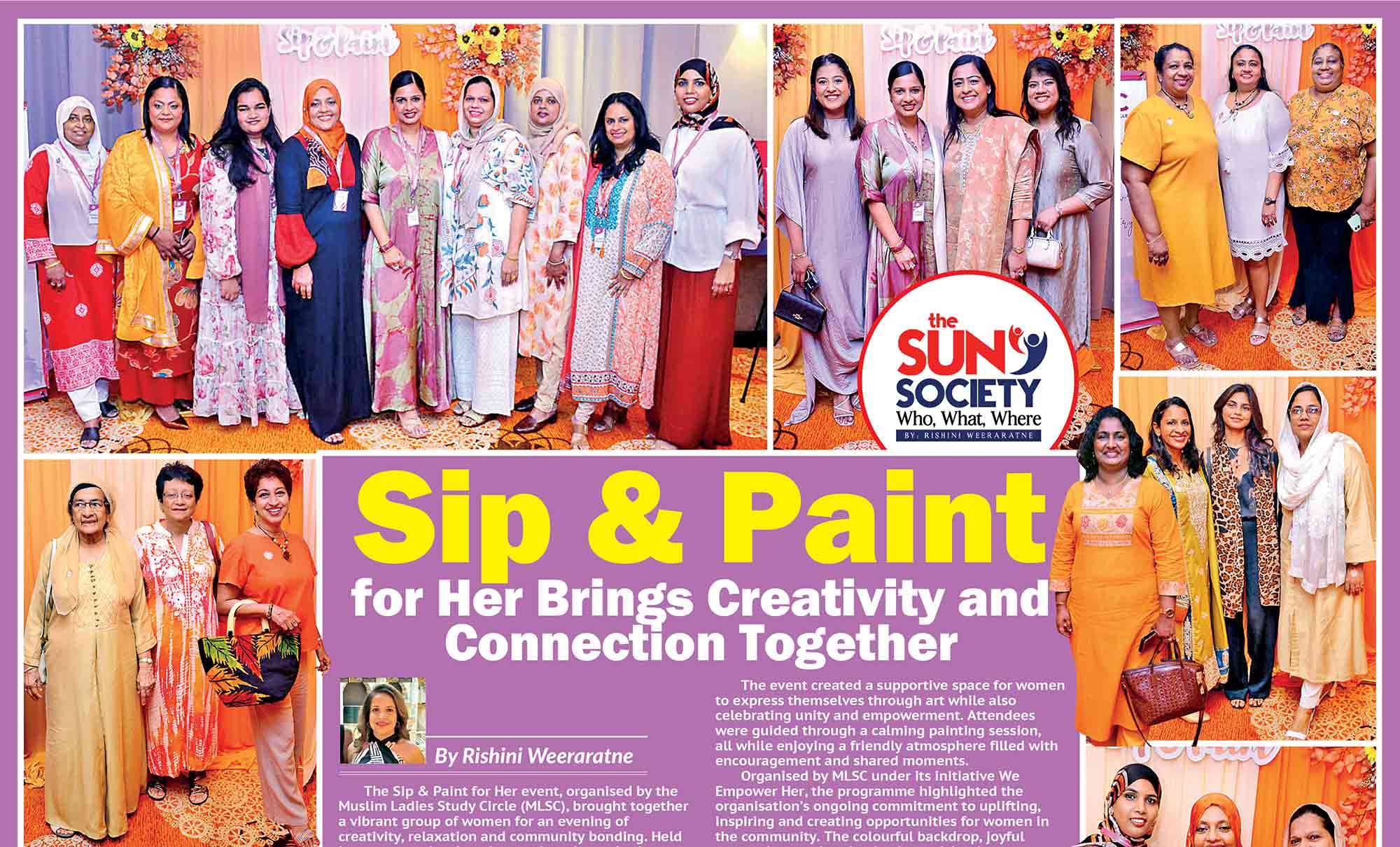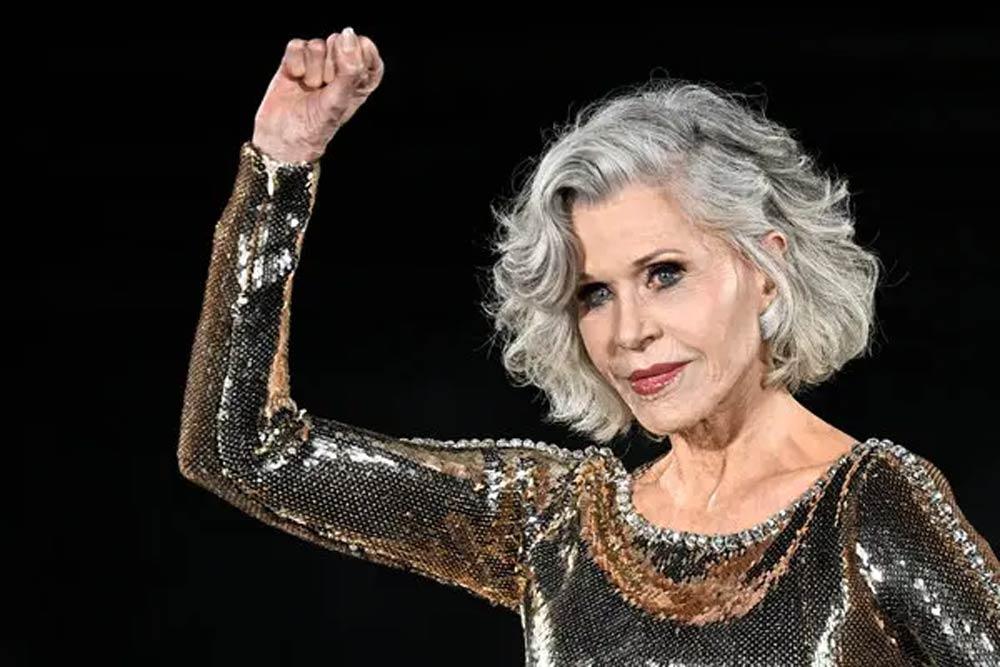
Jane Fonda
Once considered a sign of aging to be covered up, grey hair has undergone a remarkable transformation. Today, it’s a statement, of confidence, authenticity, and effortless style. The phrase “silver fox” has evolved from a cheeky compliment to a genuine celebration of natural beauty and maturity. From George Clooney’s suave silver locks to Andie MacDowell’s elegant curls, going grey is no longer something to fear, it’s something to embrace.
The Grey Revolution
In an era defined by self-expression and authenticity, the decision to stop dyeing one’s hair has become both personal and political. During the pandemic, when salons shuttered and touch-ups became impossible, many found themselves face-to-face with their natural roots. What began as a temporary break from hair dye for some became a turning point for others; a quiet acceptance that grew into a cultural shift. The beauty industry took notice. Grey hair, once marketed as something to be “fixed,” became the new frontier of chic. Major brands now feature silver-haired models in advertising campaigns, and social media is flooded with hashtags like #SilverSisters and #GoingGreyGracefully, where men and women share their journeys of embracing their natural hair colour. This isn’t just a fleeting fashion trend, it’s a movement toward authenticity, self-acceptance, and redefining what beauty means at every age.
The Silver Fox Archetype
The term “silver fox” originally entered popular culture through Hollywood. It referred to men who aged gracefully, keeping their charm, charisma, and confidence even as their hair turned grey. Think of Richard Gere’s smouldering sophistication in Pretty Woman or Anderson Cooper’s cool-headed presence on CNN. George Clooney, perhaps the quintessential modern silver fox, has often been cited as the man who made grey hair “sexy.” Clooney once joked that he never considered dyeing his hair because he liked “earning” every grey strand. That statement struck a chord. In a culture obsessed with youth, he turned the narrative on its head, suggesting that experience, not eternal youth, was the real hallmark of attractiveness. For men, going grey has long been tied to authority and distinction. Grey temples are shorthand for wisdom and leadership, traits celebrated in figures like Barack Obama and Jeff Goldblum, both of whom carry their silver locks with natural ease. But the silver fox isn’t limited to men anymore. The women’s movement to embrace grey has expanded what it means to age beautifully.
Women Leading the Grey Movement
For decades, women faced double standards when it came to ageing. A man with silver hair was “distinguished”; a woman was “letting herself go.” But that narrative is changing fast, led by a new wave of fearless women who refuse to hide their natural colour. Take Andie MacDowell, for instance. When the Four Weddings and a Funeral actress appeared at the Cannes Film Festival in 2021 with her striking salt-and-pepper curls, the world took notice. She later revealed that she had wanted to go grey for years but held back because of Hollywood expectations.
“I thought it would make me look more powerful and more myself,” she said, and it did. Her grey curls became a symbol of liberation. Similarly, Helen Mirren, with her gleaming silver bob, continues to redefine elegance. Never one to shy away from bold fashion choices, she treats her hair as an extension of her self-assured identity. “It’s just hair,” she once remarked. “You can wear it any colour you like.” Jamie Lee Curtis has also championed the cause. Having stopped dyeing her hair years ago, Curtis calls grey “the new blonde” and has even encouraged her fans to embrace the same freedom. She often pairs her chic pixie cut with minimal makeup, demonstrating that simplicity can be the ultimate form of sophistication. Meanwhile, Sarah Jessica Parker found herself at the centre of a media storm when paparazzi photos surfaced showing her grey strands during filming of And Just Like That…, the Sex and the City reboot. Her response was sharp: “There’s so much misogynist chatter about women’s appearances… I know what I look like. I don’t have a choice. What am I going to do about it, stop ageing?” Her unapologetic stance turned the conversation from vanity to visibility.
The Psychology of Grey
Going grey isn’t just about hair, it’s about identity. For many, it’s a deeply emotional journey that challenges societal expectations about beauty and ageing. The first grey hair can feel like an intruder, a reminder of time’s passage. But as more appear, something shifts. What once felt like loss can become empowerment. Psychologists note that embracing grey hair often coincides with greater self-acceptance. It’s a symbolic shedding of perfectionism, the moment when people stop trying to “keep up” and start simply being. In a culture where youth is glorified and ageing is feared, choosing to go grey can feel like a small act of rebellion. Social media has played a major role in normalising that rebellion. Online communities such as The Silver Circle and influencers like Nikki Hollis (@silverstorm) and Jack Martin (@jackmartincolorist) share before-and-after transformations that celebrate grey as a luxury colour in its own right. Martin, the celebrity colourist who famously transitioned Jane Fonda to her stunning silver hue, has said, “Grey hair is not dull, it’s dimensional, reflective, and elegant when cared for correctly.”
Caring for Silver Hair
Going grey doesn’t mean giving up on hair care, it just changes the routine. Natural grey hair has a different texture: it can be coarser, drier, and more porous. It also tends to yellow due to environmental factors and product buildup. To maintain shine and tone, stylists recommend using purple or blue shampoos to neutralise brassiness, along with regular deep conditioning treatments. Lightweight oils, such as argan or marula, can add softness without weighing the hair down. And while some choose to go fully natural, others opt for “grey blending” a salon technique that merges natural roots with lighter highlights, creating a graceful transition. It’s a particularly popular choice for those just beginning their grey journey, as it reduces the harsh contrast between dyed and natural hair. Stylists also note that makeup and wardrobe choices can evolve with silver hair. Cooler tones, like navy, emerald, or plum, tend to complement grey beautifully, while silver jewellery and soft pink lip shades highlight the glow of mature skin.
Cultural Shifts and the Power of Representation
The rise of the grey movement also mirrors a broader cultural shift toward inclusivity in beauty. For decades, advertising and media celebrated only one type of beauty, youthful, polished, and filtered. Now, older models and actors are reclaiming the spotlight, bringing visibility to natural ageing. Brands like L’Oréal Paris and Pantene have featured silver-haired ambassadors in global campaigns. Jane Fonda, Diane Keaton, and Judi Dench all continue to work, proving that grey doesn’t mean fading away, it means shining differently. Even in fashion, grey has become aspirational. Vogue, Harper’s Bazaar, and Allure have all run features on the allure of silver hair, with stylists calling it “the platinum of maturity.” The trend has also trickled down to younger generations, with Gen Z influencers dyeing their hair grey intentionally; a striking reversal of past attitudes.
Grey as a Symbol of Freedom
At its core, the decision to go grey is about freedom, the freedom from constant maintenance, from societal pressure, from the idea that youth equals value. It’s about choosing comfort over conformity and confidence over camouflage. For some, it’s an environmental choice, ditching the chemical dyes and the frequent salon visits. For others, it’s deeply personal; a way to embrace the body’s natural evolution. Whatever the reason, the result is often the same: a newfound sense of authenticity. When asked about her decision to go grey, Andie MacDowell said, “I feel like I’m stronger. I feel like I’m more me.” That sentiment echoes across the growing community of silver-haired individuals around the world. They are redefining what ageing looks like, graceful, yes, but also vibrant, fearless, and full of life.
The Future is Silver
Going grey used to be something people dreaded; now, it’s a style statement. In 2025, the silver fox isn’t a stereotype; it’s a symbol. It represents a generation of people who have outgrown the idea that beauty fades with age. Instead, they’ve discovered that beauty evolves. From Clooney’s charm to MacDowell’s curls, from Jamie Lee Curtis’ confidence to Sarah Jessica Parker’s defiance, grey hair has become a banner for authenticity. It’s the colour of experience, resilience, and self-assurance. The truth is, going grey isn’t “giving up” it’s showing up exactly as you are. Silver, after all, has always been precious.

George Clooney
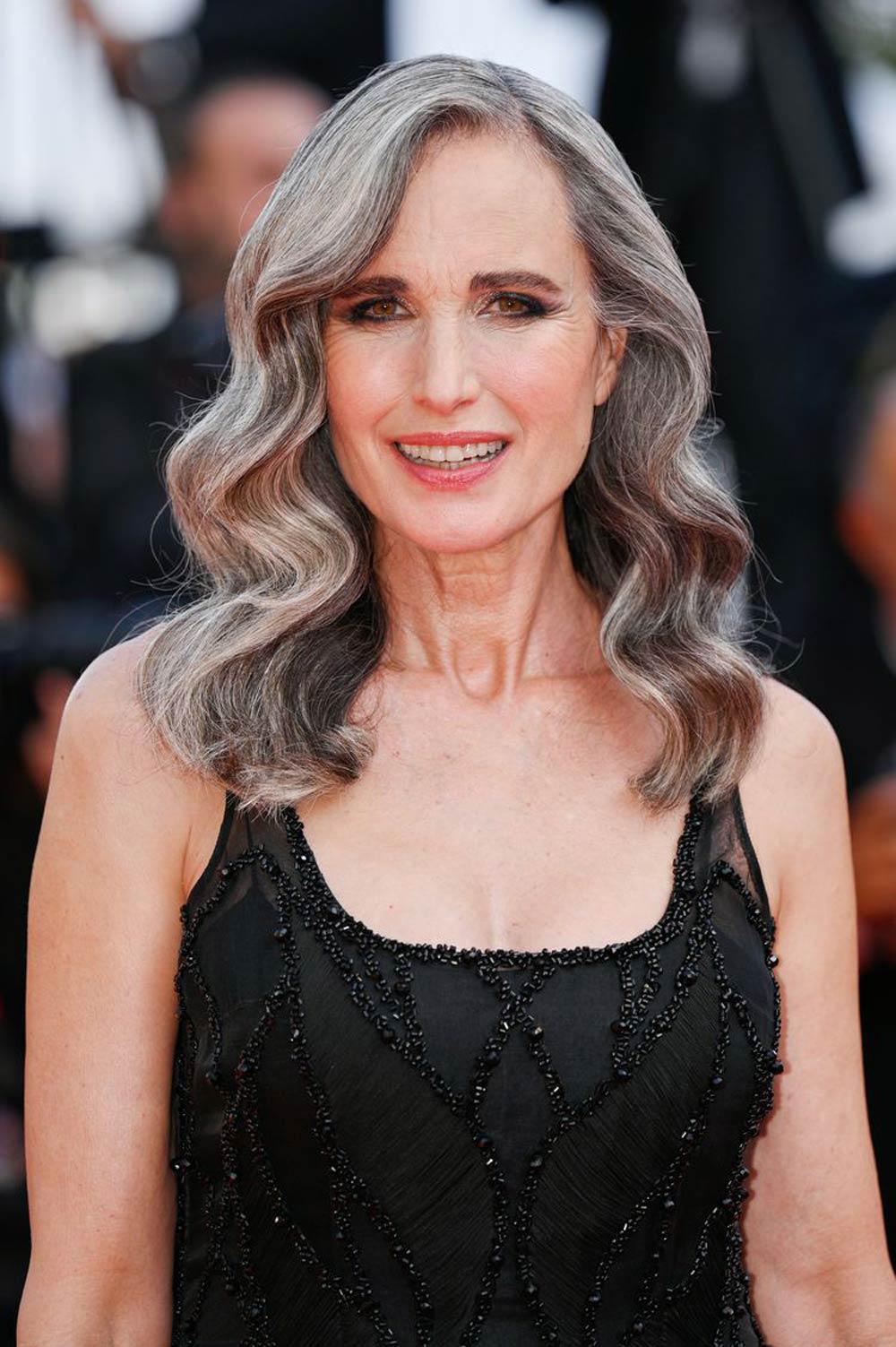
Andie McDowell
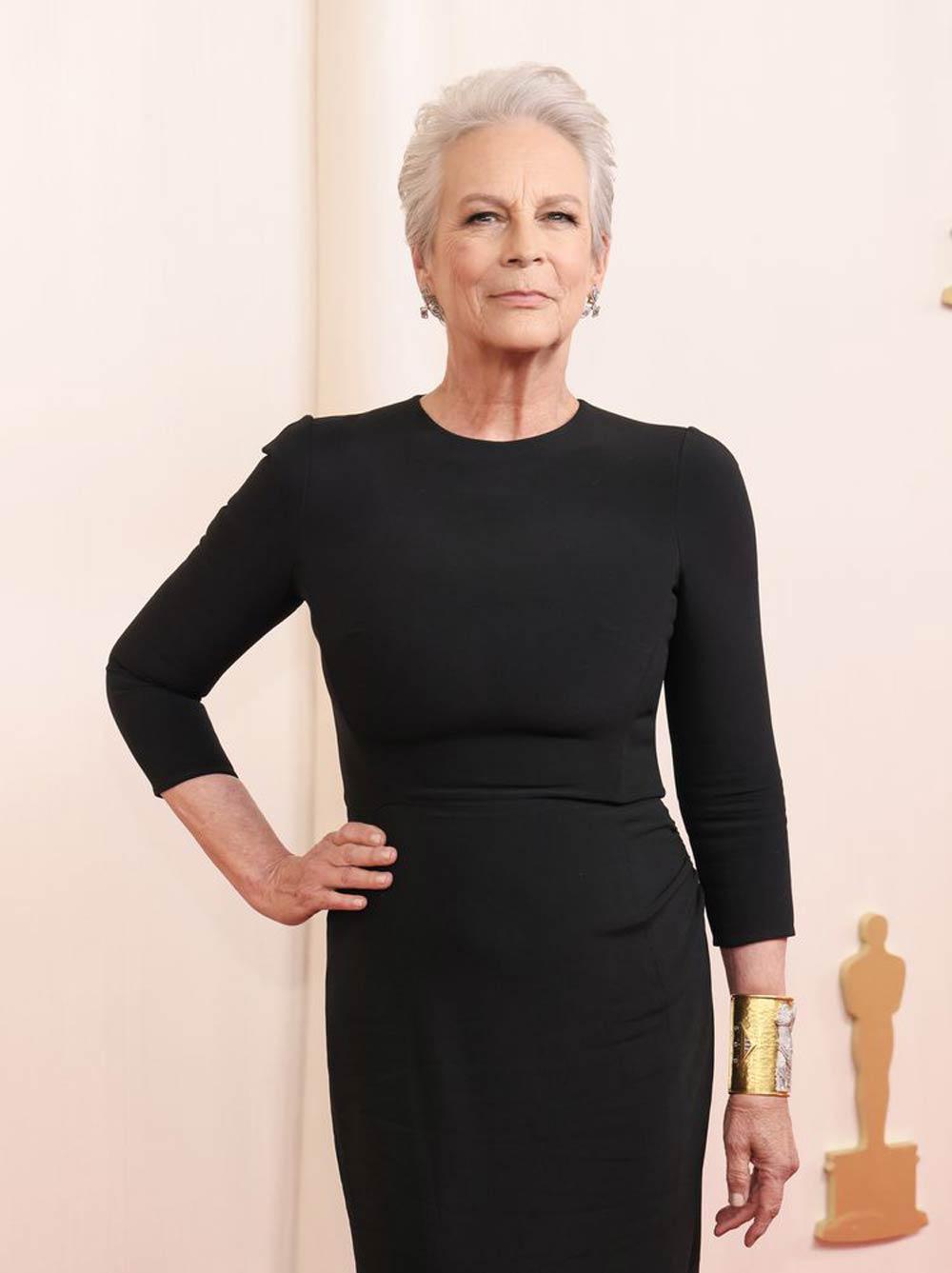
Jamie Lee Curtis
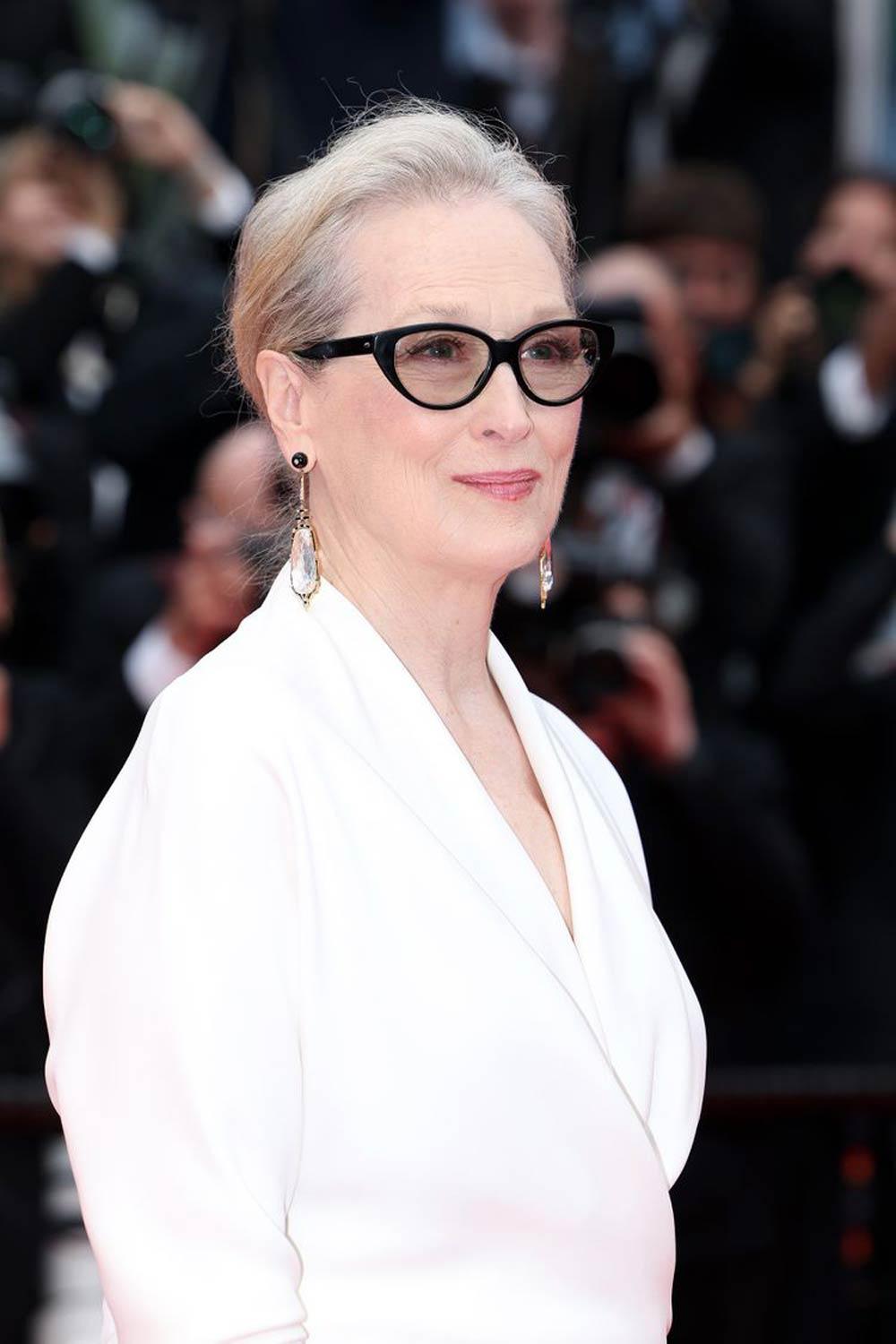
Meryl Streep

Patrick Dempsey

Steve Carell


